#robert louis stevenson
Text
black sails created an 18th century legendary pirate captain who is canonically queer, ginger, depressed, repressed, polyamorous, murderous, morally gray, downright insane, thoughtful, contradictive, manipulative, funny, strong, idealistic, proto-feminist, utopian, kind, proto-anarchist, anti-colonization, controlling, obsessive, stoic, strategic, intelligent, quiet, delusional, traumatized, filled with uncontrollable rage, consumed by grief and shame, a literary nerd obsessed with greek mythology and classics, a proto-romantic in the philosophical sense - whose whole story is the prequel story of a character from a classic novel who was dead from the very beginning of said novel - and they expected us to be normal about all this and to get over all this and move on from all this?????????
#black sails#dont get me started#captain flint#james flint#james mcgraw#his many names#starz#treasure island#robert louis stevenson#show recommendations#show review#lgbt#piratecore#pirates
304 notes
·
View notes
Text
I am very disappointed in the people praising the censoring / editing of Roald Dahl's books.
Let me tell you a little story.
About five years ago I decided to re-visit Treasure Island. I found an unabridged version. I was surprised to discover that Long John Silver had a black lover. Because the book used the term "n--ress" the mention of her was removed from many American editions of the book when I grew up.
Note: I am not saying they removed the N word. I am saying they removed her *all together.* I didn't know Long John Silver had a love interest until I was in my thirties and read an unabridged version of the novel.
It revealed so much about the story that I hadn't noticed before.
1. That Long John Silver believed in love despite what was considered a cultural norm of the time. He didn't care about what others considered proper and he was in love.
2. It shows that even Robert Louis Stevenson acknowledged the existence of interracial couples and yet no movie version I can think of addressed this until the TV series Black Sails.
3. It helped remind me of the culture of the era in which Treasure Island takes place and when it was written, the stigma against interracial relationships that existed in America right into the twentieth century and in some places is still a thing.
Sometimes books tell us more than just a story. They show us how a world was once viewed.
I felt like this was an important discovery, that Long John Silver had a black lover (or wife). And I was even a little angry that I had been robbed of this in previous readings of the book.
I think the removal of words like "Fat" and "ugly" from Roald Dahl's books does us a disservice. It "cleans up" the past and denies a chance for us to learn some of the less pleasant aspects of the past and how and why language has changed since then. What should be a teaching point and experience is lost in the name of sensitivity.
I felt cheated and it even felt a little racist that Long John Silver's love interest isn't mentioned in many editions of Treasure Island. And I feel that one day there may be similar feelings if people discover they aren't reading the original versions of Dahl's books.
Try to remember the original reason Ray Bradbury wrote Fahrenheit 451. It wasn't about an evil government taking away people's blooks. It was about this group and that group getting offended at various titles until they just banned everything to try to make everyone happy.
8K notes
·
View notes
Text

The Season 2 Poster Details
From top to bottom :)

This is a Buddy Holly song Everyday which was originally supposed to be the Good Omens theme :)
Neil talks about it in the Introduction to the Script Book: “In the scripts, Buddy Holly’s song ‘Every Day’ runs through the whole like a thread. It was something that Terry had suggested in 1991, and it was there in the edit. Our composer, David Arnold, created several different versions of ‘Every Day’ to run over the end credits. And then he sent us his Good Omens theme, and it was the Good Omens theme. Then Peter Anderson made the most remarkable animated opening credits to the Good Omens theme, and we realised that ‘Every Day’ didn’t really make any sense any longer, and, reluctantly, let it go. It’s here, though. You can hum it.”
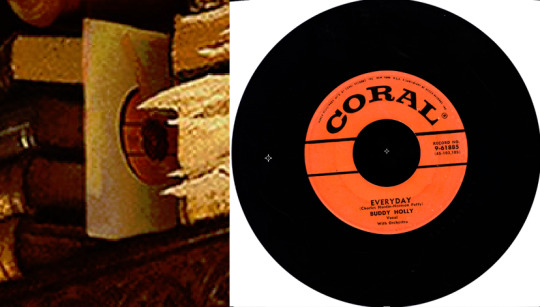
And there is also the Buddy Holly Everyday record! :)

Book The Crow Road by Iain Banks. The novel describes Prentice McHoan's preoccupation with death, sex, his relationship with his father, unrequited love, sibling rivalry, a missing uncle, cars, alcohol and other intoxicants, and God, against the background of the Scottish landscape

Book Lord Jim by Joseph Conrad. An early and primary event in the story is the abandonment of a passenger ship in distress by its crew, including a young British seaman named Jim. He is publicly censured for this action and the novel follows his later attempts at coming to terms with himself and his past and seeking redemption and acceptance.
Important themes in Lord Jim include the consequences of a single, poor decision, the indifference of the universe, and the inability to know oneself or others.

There is book The Body Snatcher by Robert Louis Stevenson. Its characters were based on criminals in the employ of real-life surgeon Robert Knox (1791–1862) around the time of the notorious Burke and Hare murders (1828). Neil said: Oddly enough, episode 3 will take us to a little stint of body snatching in the era.

There is Catch-22 book by Joseph Heller that coined the term Catch-22: situation from which an individual cannot escape because of contradictory rules or limitations.
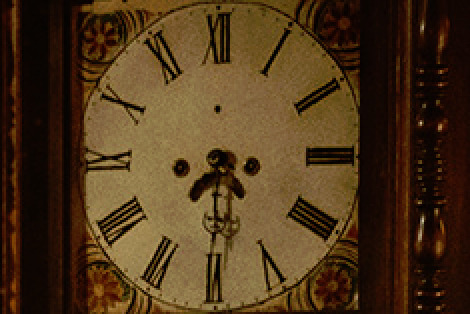
Is there only one hand or are there two? :) EIther 6 ;), or 6:30 :).

Through the window we can see the coffeeshop Give Me Coffe or Give Me Death where Nina works! :)


Azi is wearing his nifty glasses :).


Crowley is wearing his new glasses, they are RIGARDS X UMA WANG - THE STONE ECLIPSE (VINTAGE BLACK/BLACK STONES) - $435



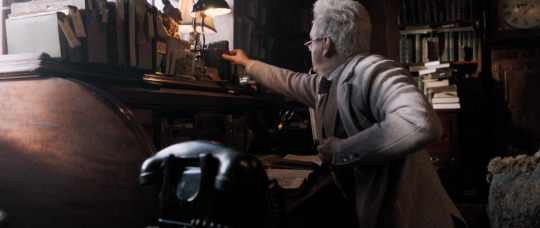
There is the Holy Bible Aziraphale used in Season 1 :)

There seems to be a broken phone :).

The cakes behind Aziraphale are Eccles cakes :).
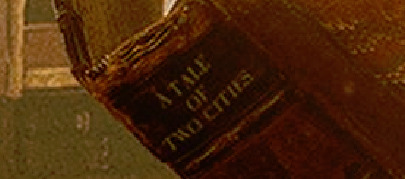
Azi is reading A Tale of Two Cities by Charles Dickens published in 1859, set in London and Paris before and during the French Revolution. The novel tells the story of the French Doctor Manette, his 18-year-long imprisonment in the Bastille in Paris, and his release to live in London with his daughter Lucie whom he had never met. The story is set against the conditions that led up to the French Revolution and the Reign of Terror.


Another book there is Pride and Prejudice by Jane Austen - Neil said said that we will learn a lot about Jane Austin we didn’t know before.
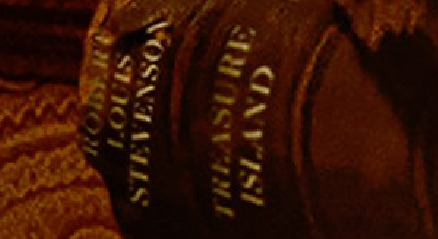
And finally the Treasure Island book by - again :) - Robert Louis Stevenson, an adventure novel with pirates.


There are three geckos cuties. Who are they? Pets? Is Ligur haunting the bookshop? Who knows :).

A mysterious pamphlet, 'The Resurrectionists’ leaflet. (unofficial spoiler :)).

Also there is an old camera... mmm 🤔 Did Azi made some photos (of what? Him and Crowley, ducks? :)) Will we see them? :)
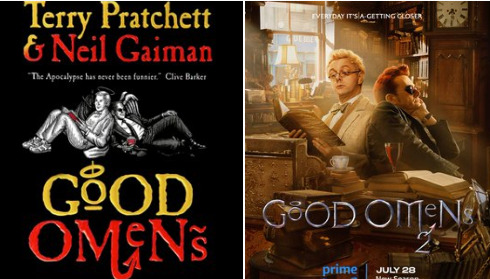
Their positions is an homage to the book covers! :)(x)
Will update this as fandom discovers new things! :)❤
#good omens#gos2#season 2#posters#s2 poster details#fun fact#robert louis stevenson#jane austen#joseph heller#charles dickens#can't waiiiit#wahoo!
6K notes
·
View notes
Text

I'm rolling on the floor
#on today's unhinged messages with my best friend#strange case of dr jekyll and mr hyde#dr jekyll and mr hyde#dr jekyll#mr hyde#jekyll and hyde musical#edward hyde#henry jekyll#jekyll and hyde#doctor jekyll#robert louis stevenson#jekyll and hyde broadway
539 notes
·
View notes
Text
✨Wack-An-Author!!!✨
Pick a dead classic author from this poll that you'd personally want to punch!! This is all fun in games, I love bullying dead people 💛.
Listen everyone wants to beat up Lovecraft. That's a given, no competition. So he's not here.
#listen this is all fun and games#i just like bullying dead people 💛#that being said: let the violence commence!!!#classic lit#bram stoker#oscar wilde#victor hugo#walt whitman#ernest hemingway#lord byron#mary shelley#robert louis stevenson#percy shelley#woob words
6K notes
·
View notes
Text
You can’t be too good at your job: FALSE.
Richard Mansfield’s 1880s onstage portrayal of Dr. Jekyll’s transformation into Mr. Hyde was so good that people accused him of being Jack the Ripper and even wrote letters to the London police encouraging his arrest.

#why is this so funny#imagine if Zefron got accused of being a serial killer bc of his Ted Bundy portrayal#you’re getting a little too accurate there my guy#jekyll and hyde#dr jekyll and mr hyde#Richard Mansfield#plays#books#novels#jack the ripper#literature#classic literature#classics#robert louis stevenson#history#theatre#theatre history#history facts#fun facts#acting
2K notes
·
View notes
Text
Where are my fellow Gothic Fiction fans? Surely some of you ended up in here somewhere. Come out I need you.
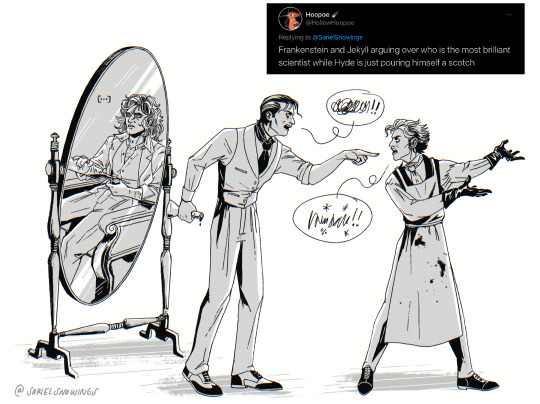
I want to draw them more, please feel free to suggest scenarios. I feel like they need to interact. Let the fanfiction begin!
I even made a reference sheet for them and everything. I just need to practise some more. Let’s just pretend they’re my OCs.
Edit: there are now more doodles. Find them under the #Sariel's Victorian disaster men tag
#Hyde speaks to me in an emotional level#done with their bullshit#my Victorian disaster men#I love them#Victor Frankenstein#Henry Jekyll#Edward Hyde#sarielsnowingsart#Frankenstein#dr. jekyll and mr. hyde#strange case of dr jekyll and mr hyde#the modern prometheus#gothic fiction#gothic literature#Victorian#victorian literature#Mary Shelley#robert louis stevenson#mad scientist#Jekyll and Hyde#Sariel's Victorian disaster men
3K notes
·
View notes
Text
horseplay in the lake / we’re so lucky to have him on the team
ft. the poem that peter tweeted abt
#feeling bold enough to post an edit on here#ik it’s christmas eve but i needed to share smth summery#anyway do u guys see the vision#bbc ghosts#edit#my edit#capvers#ben willbond#peter sandys clarke#ME WHEN THEY PLAY CRICKET IN MAURICE...#AND HORSE AROUND IN A POND IN ARWAV#a room with a view#maurice#dead poets society#was gonna add cabaret but it weirdly didnt work that well#the oh hellos#robert louis stevenson#it’s tv it’s comfort#video#fav#the watermark is for my editing ig acc#follow me there for edits lmfao#ian uses his words
470 notes
·
View notes
Text
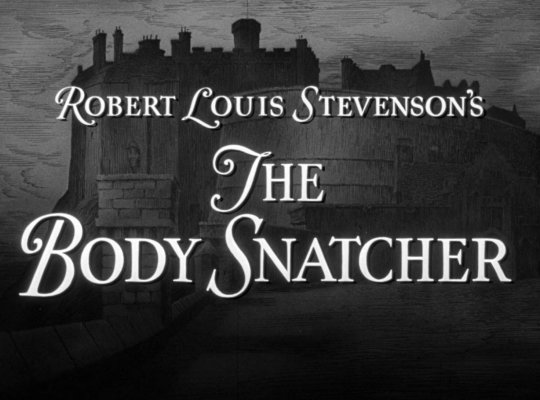



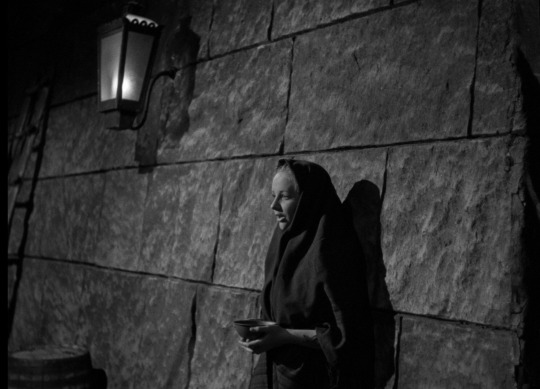





#the body snatcher#1945#boris karloff#bela lugosi#henry daniell#robert louis stevenson#burke and hare#horror
216 notes
·
View notes
Text
the way you first learn about mr hyde is so funny to me like the guy describes him trampling over a little girl and the way it’s written i just picture him looking like this as he walked over this child

221 notes
·
View notes
Text

Shoutout to Mr Stevenson for creating one of the most dopest pieces of gothic literature on this day.
What a guy.
#art#my art#jekyll and hyde#the strange case of dr jekyll and mr hyde#digital art#edward hyde#henry jekyll#mr hyde#dr jekyll#jekyll and Hyde fanart#dr jekyll and mr hyde#jekyll and Hyde anniversary#Fanart#artists on tumblr#happy anniversary to Jekyll and hyde#robert louis stevenson#mr stevenson
222 notes
·
View notes
Photo

From "A Child 's Garden of Verses" by Robert Louis Stevenson, 1944 edition illustrated by Roger Duvoisin
628 notes
·
View notes
Text
Jekyll & Hyde Chronological Timeline
I don't know if people even need this, but I needed it and it didn't exist. So here it is. In the book the dates are blanked because that was the convention of the time, but I've heard in earlier drafts Robert Louis Stevenson had set the story 1883-1885, so based on that, here is a rough CHRONOLOGICAL timeline of Jekyll & Hyde (rather than the order we discover things in the book)
1833: Jekyll is born.
1840-55(ish): Jekyll's youth. He becomes friends with Lanyon and Utterson at private school. He is a wild youth with unconventional tastes that he keeps secret.
1865(ish): Poole starts working for Jekyll.
1870s: Jekyll begins studying transcendental medicine. He and Lanyon fall out over this and stop talking to one another.
Sometime early-mid 1883: Jekyll discovers the formula to transform himself into Hyde. Jekyll buys a house in Soho for Hyde and writes him into his will. Hyde begins indulging in forbidden desires.
Sometime mid-late 1883: Hyde tramples a young girl. Enfield is a witness. To avoid being attacked, Hyde goes to the laboratory door and draws a cheque in Jekyll's name. The next day Jekyll sets Hyde up his own bank account.
Sometime late 1883 (A Sunday): Enfield tells Utterson about the trampling of the girl as they pass the laboratory door on their regular walk. That night, Utterson dines with Lanyon and learns he is estranged from Jekyll. Lanyon has never heard of Hyde.
Late 1883: Utterson regularly haunts the laboratory door, and eventually meets with Hyde.
Jan 1884: Utterson dines with Jekyll and talks to him about his will, expressing his concerns. Jekyll stops taking notes in his experiment book around this time.
Aug 1884: After a night of adventures as Hyde, Jekyll awakes having involuntarily transformed into Hyde. He sneaks to the lab and takes a dose to transform back into Jekyll. Frightened, he stops taking the potion.
Oct 1884: Jekyll takes the potion again and transforms into Hyde. Hyde meets and murders Sir Danvers Carew. Hyde clears out his Soho home, destroys his papers and cheque book. Jekyll destroys the lab door key.
Oct 1884 (The Next Day, 9am): Utterson identifies Carew's body and goes to Hyde's address with Scotland Yard.
Oct 1884 (Same day, Evening): Utterson visits Jekyll. Jekyll says Hyde will not be returning and show Utterson a note he claims is from Hyde. Utterson asks Poole about the messenger, but Poole claims no letter was delivered.
Oct 1884 (Same day, Night): Utterson dines with his clerk Guest. He shows Guest the note from Hyde. A dinner invitation arrives from Jekyll and Guest compares the two. He notes the handwriting is the same, but slanted in different directions.
Oct 1884-Jan 1885: Jekyll becomes more religious and conscientious. The police hunt for Hyde and uncover some of his wicked deeds in London, but can't find him.
Jan 8, 1885: Jekyll throws a big dinner party for his friends. Utterson and Lanyon are there. It seems as though Lanyon and Jekyll may be mending their friendship.
Jan 8, 1885 (Night): Jekyll indulges his desires, but as Jekyll this time.
Jan 9, 1885 (Daytime): Jekyll daydreams on a bench in Regent's Park and involuntarily transforms into Hyde. He flees to a hotel in Portland Street and writes a letter to Poole and Lanyon to arrange for his chemicals to be brought to Lanyon's house. Poole and Lanyon break into Jekyll's office and Lanyon brings the chemicals to his house.
Jan 9, 1885 (Evening): Hyde travels around in a cab waiting until midnight until the driver gets suspicious. He walks the streets and punches a woman in the face who offers him to buy some matches.
Jan 10, 1885 (Midnight): Hyde arrives at Lanyon's, drinks the potion and transforms into Jekyll in front of him. Jekyll confesses his crimes to Lanyon. Jekyll returns home and falls into a deep sleep.
Jan 10, 1885 (Daytime): Jekyll transforms spontaneously into Hyde walking to his lab. A double dose restores him to Jekyll, but 6 hours later there is another spontaneous transformation into Hyde. From now on, every time Jekyll sleeps or relaxes too much he transforms into Hyde. He needs the potion constantly to stay as Jekyll.
Jan 12, 1885: Utterson calls on Jekyll. He's told the doctor is sick.
Jan 13, 1885: Lanyon writes his testimony of Jekyll's transformation. He seals it up to be opened by Lanyon when Jekyll has died or disappeared.
Jan 14, 1885: Utterson calls on Jekyll. He is denied entry.
Jan 15, 1885: Utterson calls on Jekyll. He is denied entry.
Jan 16, 1885: Utterson dines with Guest.
Jan 17, 1885: Utterson visits Lanyon, and is shocked by his deterioration. Lanyon says he will soon be dead and can't mend his friendship with Jekyll, but won't say why. Utterson writes to Jekyll demanding an explanation.
Jan 18, 1885: Jekyll writes a cryptic and darkly-worded letter to Utterson that does not explain why he and Lanyon have fallen apart. He says he intends to lead a very secluded life going forwards.
Jan 25, 1885: Lanyon is bedridden.
Feb 8, 1885: By this time, Lanyon is dead. The day after the funeral, his sealed testimony is sent to Utterson. He puts it in his safe.
Feb 1885: Utterson keeps calling on Jekyll, but is not admitted. His visits become fewer and fewer.
Feb/Mar 1885 (A Sunday): Enfield and Utterson walk by the laboratory door again, and walk into the courtyard hoping to see Jekyll. They try to talk to Jekyll at the window, but he is seized with terror and slams the window shut.
Feb/Mar 1885: Jekyll's supply of salts is running low. He sends messages to his servants to get more from chemists across London - none can give him salts that work.
Sometime Mar 1885: Trapped in his cabinet, Hyde burns Jekyll's paintings and letters from his father. He defaces Jekyll's religious books with blasphemies. Jekyll keeps trying to make the potion with the new salts that keep arriving, but concludes his original batch must have been impure, and this unknown impurity was what made the transformation possible. The servants hear Jekyll cry out upon the name of God.
Mar 1885 (1-8 days after the cry): Poole hears Hyde weeping like a lost soul in the laboratory. Poole catches sight of a masked Hyde going through packing boxes in the laboratory.
Mar 1885 (8 days after the cry): Jekyll uses the last of the original salts to write his last will, confession, and a note to Utterson. He puts them aside and becomes Hyde, finally and forever.
Mar 1885 (8 days after the cry, 10pm): Poole visits Utterson and asks him to help, saying he thinks there's been foul play. Utterson comes to the house and hears Hyde's voice behind the cabinet door. He listens to Poole's evidence and agrees he thinks Jekyll has been murdered. Utterson confronts Hyde, and he and Poole break down the cabinet door. Hyde poisons himself with cyanide. Poole and Utterson find Jekyll's will, note and confession. They search for Jekyll's body but can't find him.
Mar 1885 (Same day, 10-11pm): Utterson goes home and reads Lanyon's testimony, followed by Jekyll's confession.
Mar 1885 (Midnight next day): This was when Utterson planned to return to Jekyll's and call the police.
#jekyll and hyde#Doctor Jekyll and Mr Hyde#Robert Louis Stevenson#gothic literature#english literature#english lit student#dr jekyll#edward hyde#jekyll and hyde timeline#utterson
130 notes
·
View notes
Text
Battle of the Captains
Round 3 Part 2 Poll 2

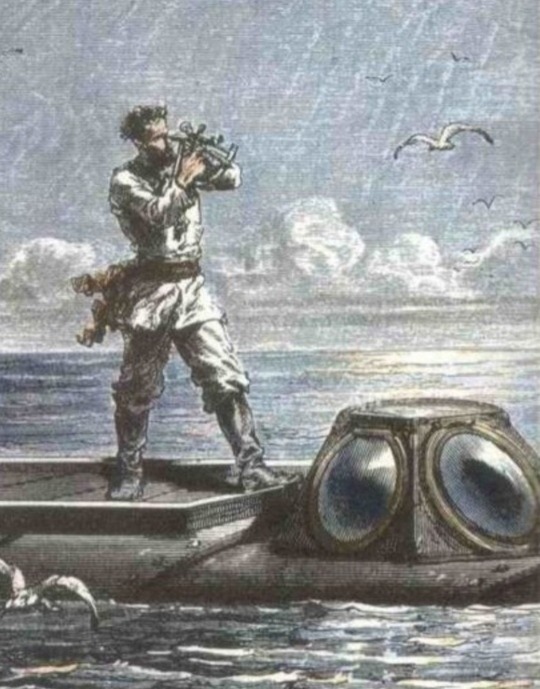
Propaganda
Captain Flint was the captain of a pirate ship, The Walrus, which accumulated an enormous amount of captured treasure. On August 1, 1750, Flint and six members of his crew bury the plunder on an island located somewhere in the Caribbean Sea. Flint then murders his six assistants, leaving the corpse of one with its arms outstretched in the direction of the buried treasure. The location of the treasure had been marked by Flint on a map and while he was dying it entrusted to his first mate William "Billy" Bones. The only person Flint was said to fear was his quartermaster John Silver, who later even called his parrot "Captain Flint" in mockery.
[The poll runner -hi !- has been informed that Nemo is so against propaganda he'd refuse to use any for his sake]
#tournament polls#battle of the captains#round 3#captain flint#treasure island#bookblr#robert louis stevenson#robert stevenson#captain nemo#20#000 leagues under the sea#20000 lieues sous les mers#20000 leagues under the sea#twenty thousand leagues under the sea#jules verne
185 notes
·
View notes
Photo
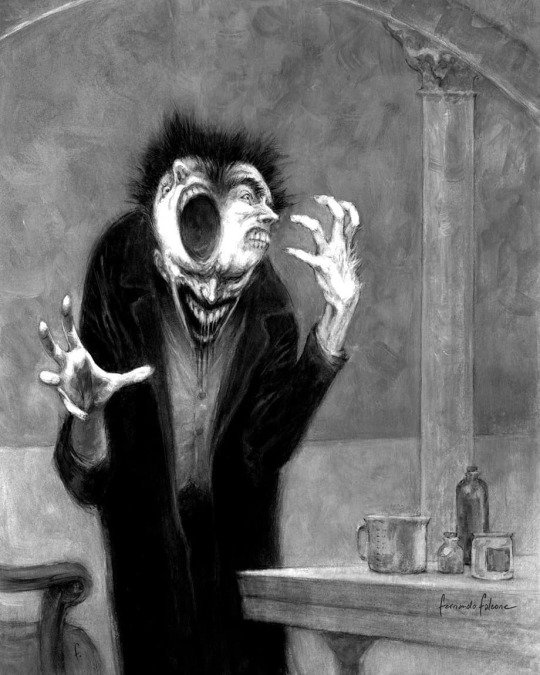
Fernando Falcone
#Fernando Falcone#illustrations#surreal#dr jekyll and mr hyde#macabre#horror#dark#robert louis stevenson
871 notes
·
View notes
Text

the entire novel summarised in one sentence
#i swear all the classics are just comedies in disguise#jekyll and hyde#robert louis stevenson#literature
240 notes
·
View notes